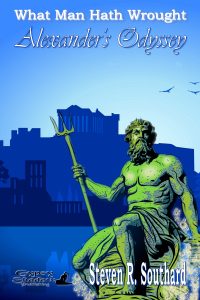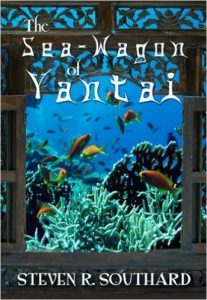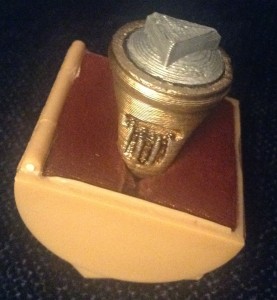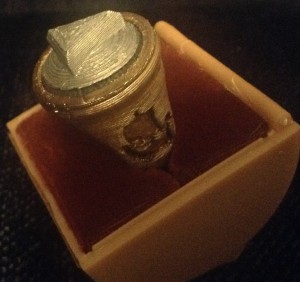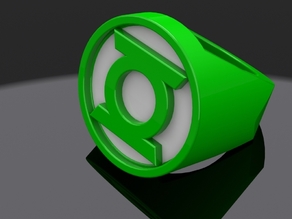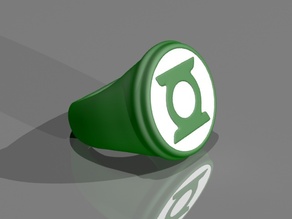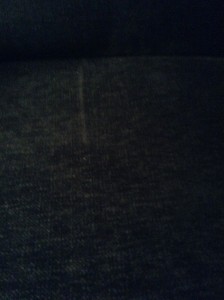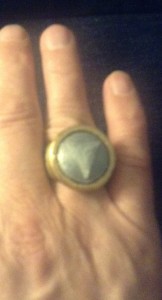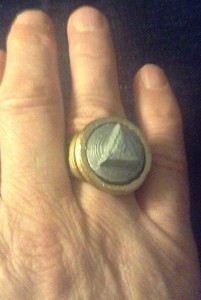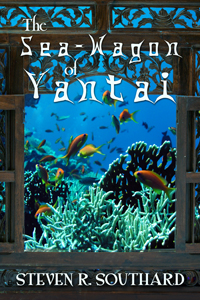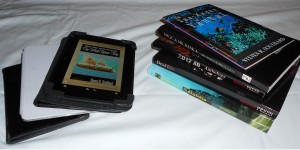How is Velcro like a burr plant? How is the Eastgate Centre in Harare, Zimbabwe like a termite mound? How is a tire tread like a tree frog?
These are all examples of engineers solving problems by looking to nature, a process known as biomimetics. After all, animals and plants have evolved over millions of years, and have developed solutions to many problems. Why shouldn’t we learn from them?
After a hunting trip, Swiss engineer Georges de Mestral observed burrs from the burdock plant sticking to his pant legs. He wondered how the plants did that, and from his investigation came ‘hook and loop fasteners’ or Velcro.
Architect Mick Pearce sought a way to cost-effectively cool and heat a building in Zimbabwe, with its widely varying daily temperature cycles. He examined the flues and vents within termite mounds, and used the termites’ passive technique to save 90% of the cooling costs in his design for the Eastgate Centre.
Automotive designers wanted tires that adhered to wet roads. They noted how tree frogs stick to smooth wet leaves, and even to wet glass because their toe pads squeeze water away through fine grooves. Tire treads have a similar design, channeling rainwater away for better adhesion to the road surface.
Characters in several of my stories use biomimicry, too.
In “The Steam Elephant,” (The Gallery of Curiosities, Issue #3) my sequel to Jules Verne’s two-part novel, The Steam House, the engineer known as Banks constructed a mechanical elephant around a traction steam engine. Verne likely chose an elephant to allow room for the boiler, and as a form that did not require railroad tracks.
My story, “A Clouded Affair,” in the anthology Avast, Ye Airships! includes a working, steam-powered ornithopter. These aircraft imitate birds by flapping their wings. Although useful in bird-sized machines, they never proved as practical as fixed or rotating wings in full scale. Even so, prior to the invention of the airplane, some designers tried to mimic birds in this way.
Along similar lines, my story “Instability” in the anthology Dark Luminous Wings is about a monk trying to fly by imitating flying creatures. Based on legend, my tale has Brother Eilmer of Malmesbury Abbey constructing a pair of wings similar to those of jackdaws. He soon finds this impossible to build in practice, so chooses to model his wings on those of bats instead.
Are you trying to solve a problem? If so, perhaps nature has already solved it for you. Look to plants and animals for inspiration. After all, biomimetics worked for—
Poseidon’s Scribe




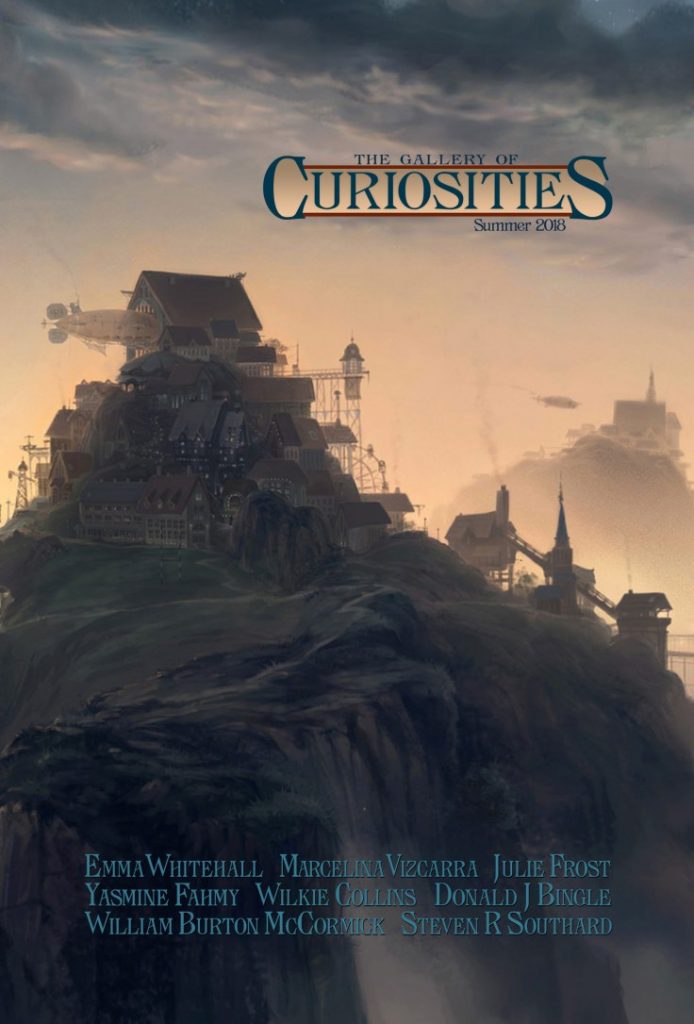
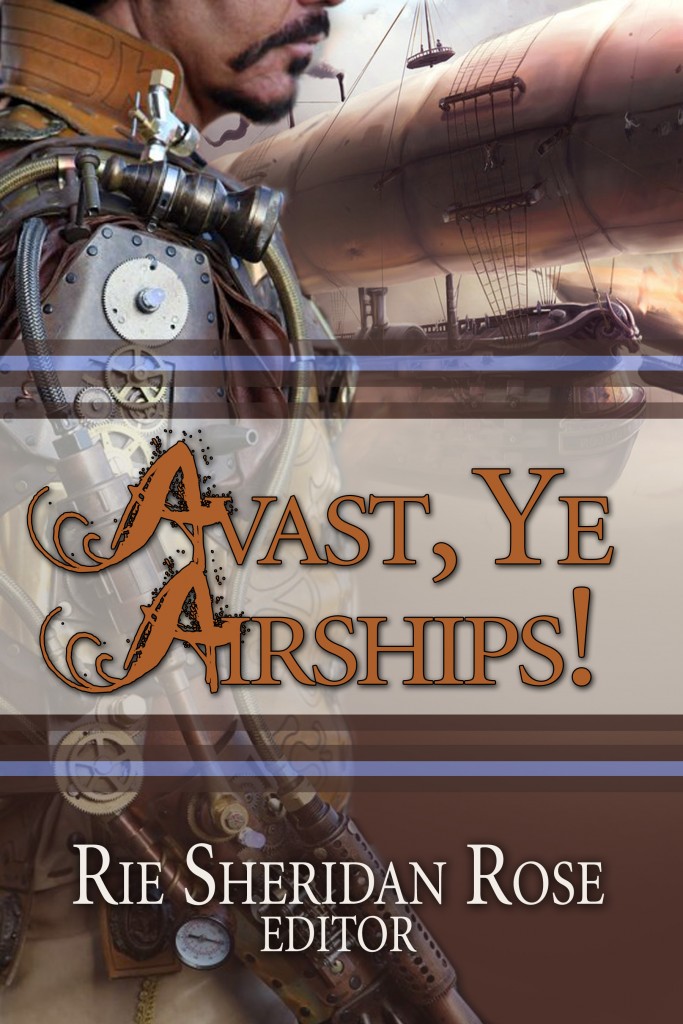

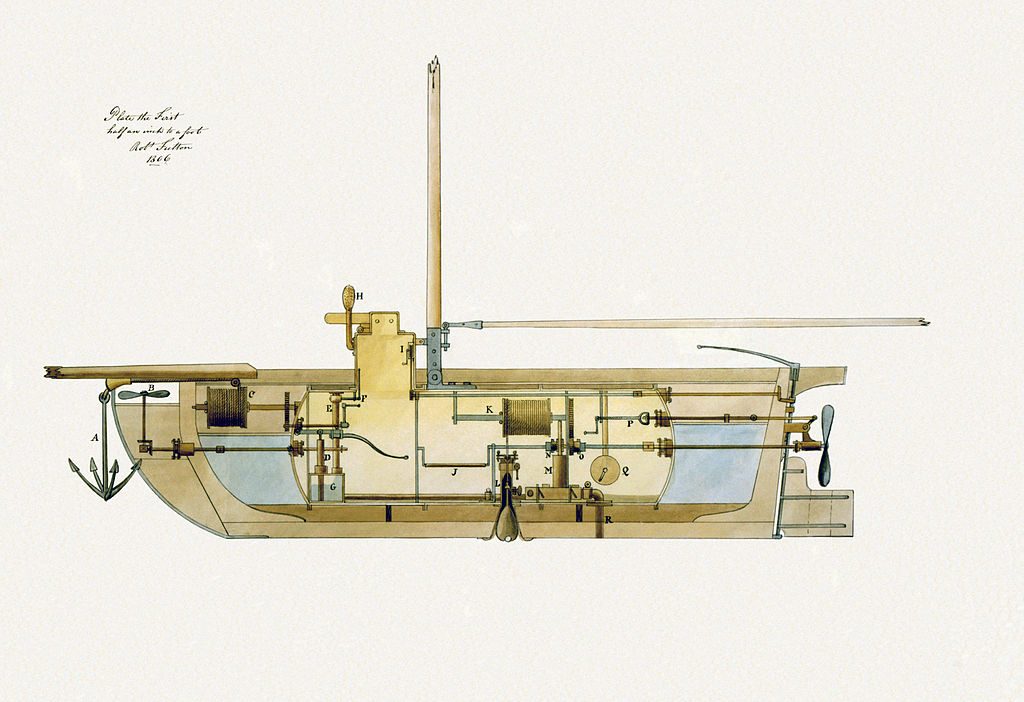
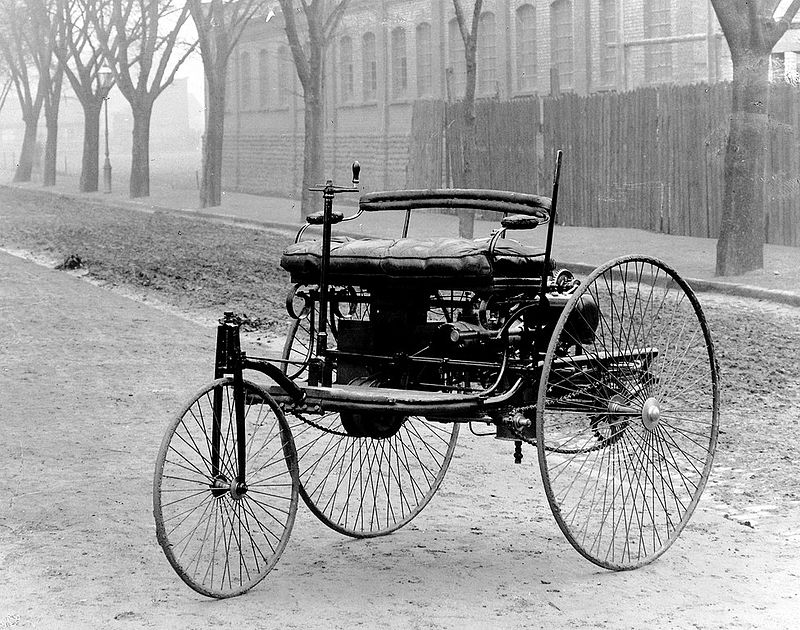

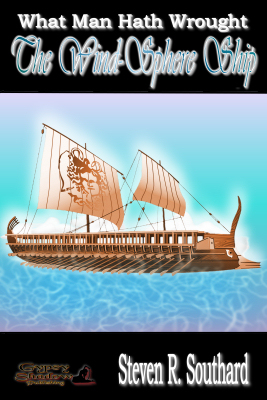


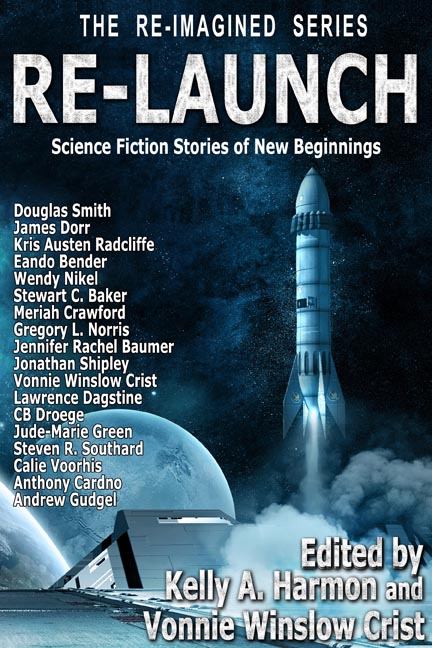
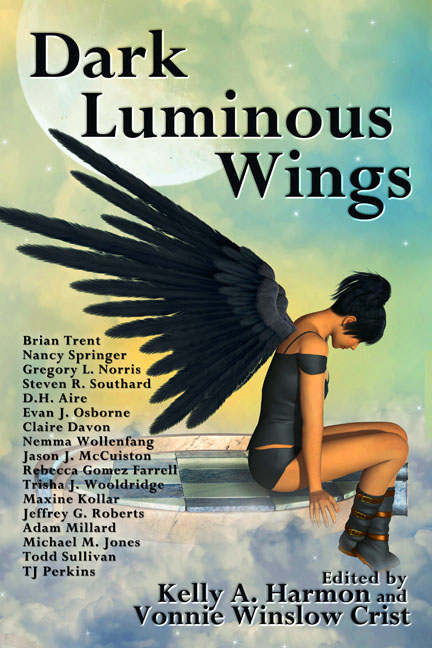

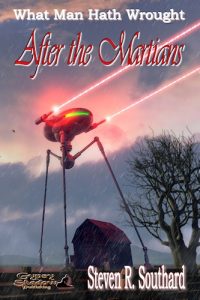



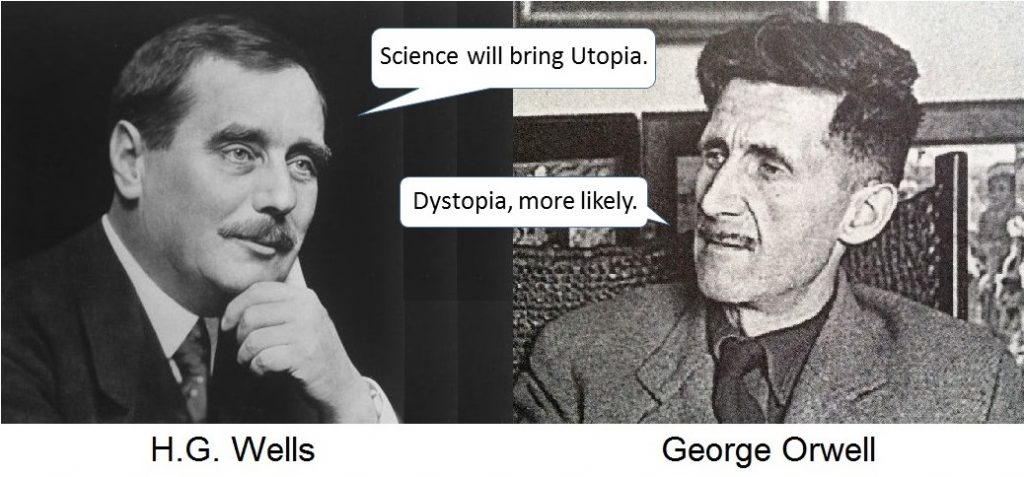 H.G. Wells, best known for his science fiction novels such as The War of the Worlds and The Time Machine, believed science was the best hope for humanity’s future. George Orwell, an essayist, critic, and author of 1984 and Animal Farm, took a less optimistic view.
H.G. Wells, best known for his science fiction novels such as The War of the Worlds and The Time Machine, believed science was the best hope for humanity’s future. George Orwell, an essayist, critic, and author of 1984 and Animal Farm, took a less optimistic view.


